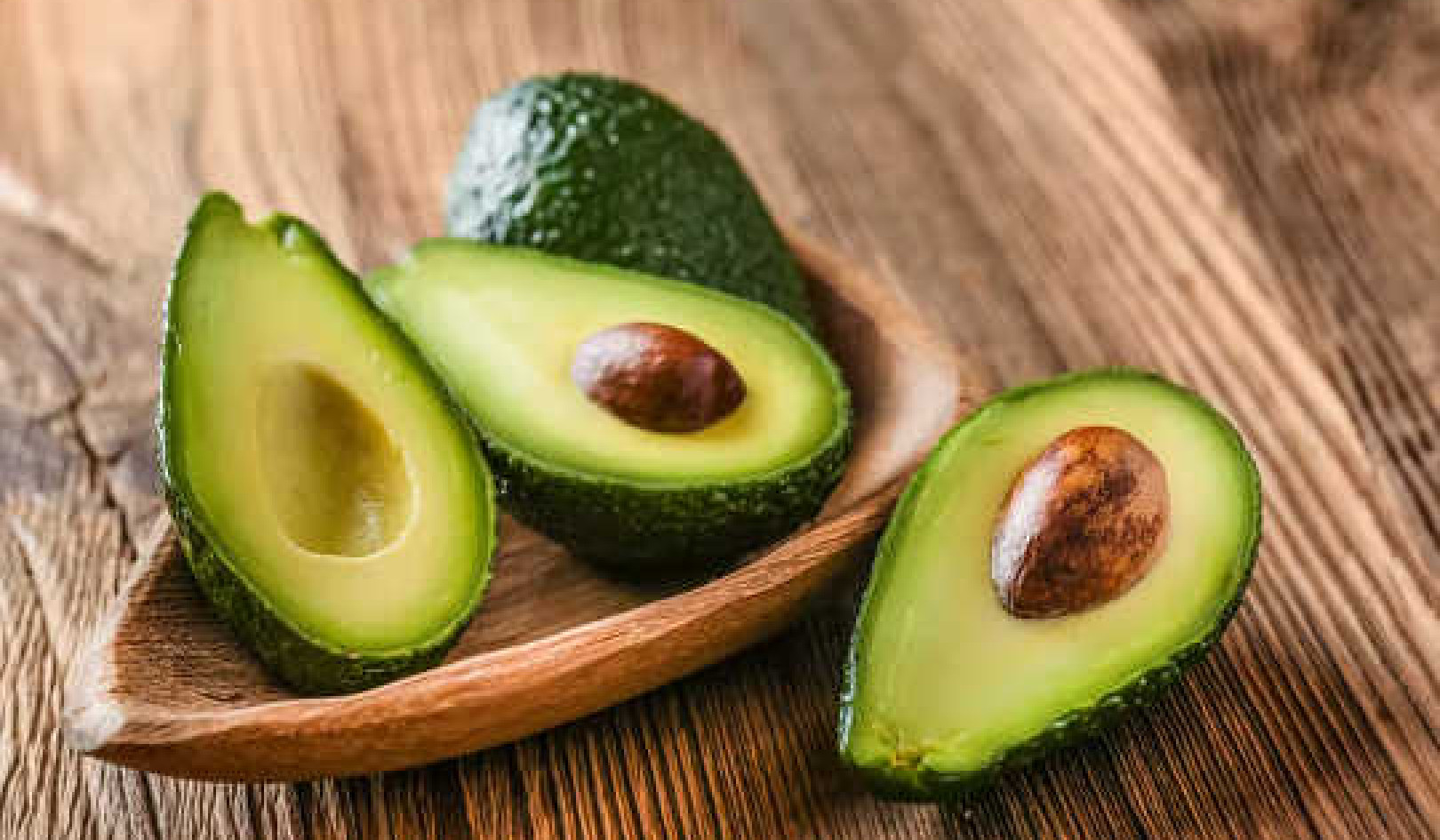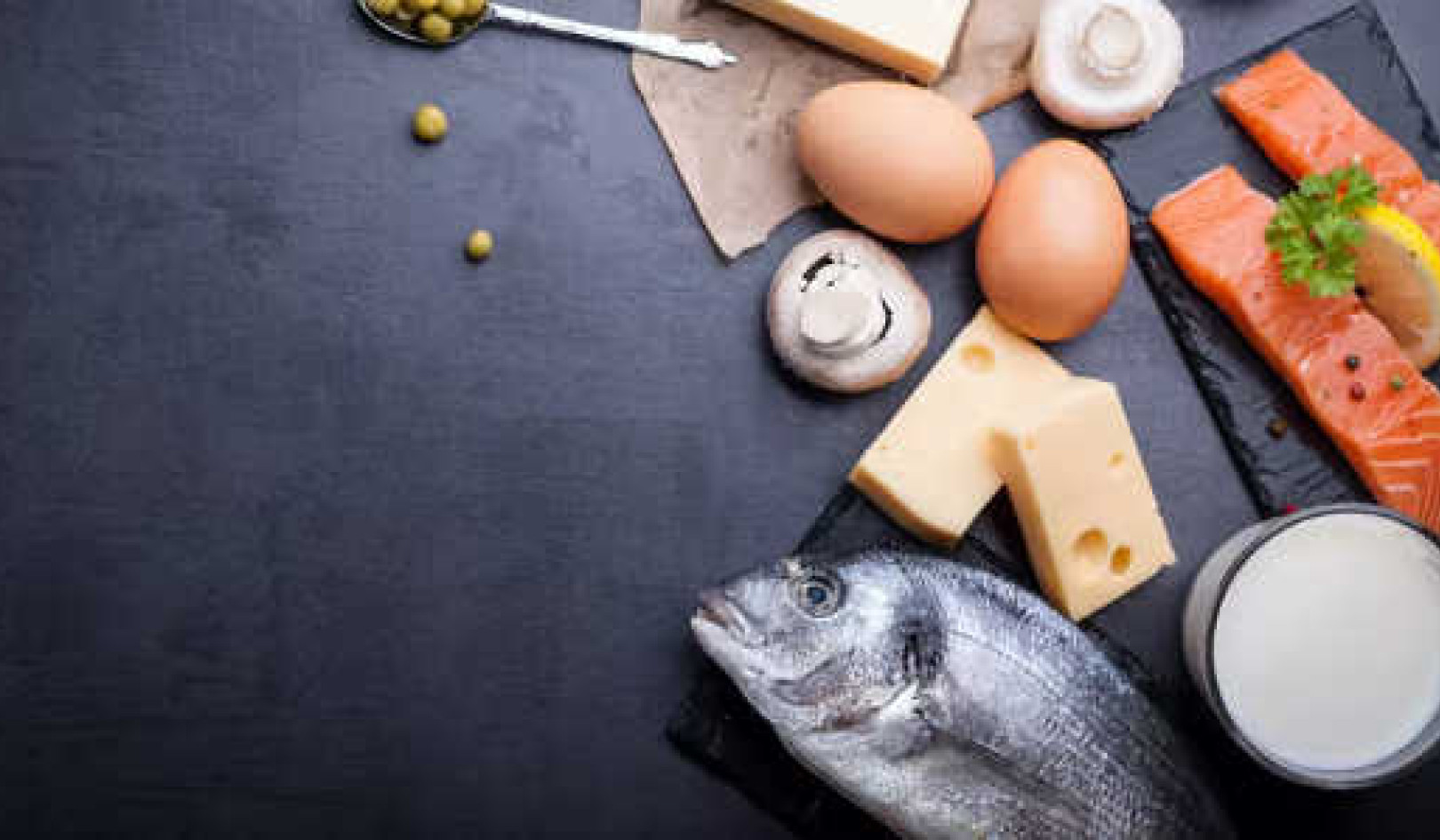
[Exercising with a ball] can stir the enthusiast or the slacker, and it can exercise the lower portions of the body or the upper, some particular part rather than the whole . . . or it can exercise all the parts of the body equally . . . [and] is able to give both the most intense workout and the gentlest relaxation. -- Greek philosopher/physician Galen, second century A.D.
When I first laid on a Pilates mat after twenty years of not dancing or doing any sort of physical activity with the exception of walking, surprising and volatile emotions surged up. The first emotion was denial -- I don't need this, I have managed for years without structured exercise. Then there was a deep releasing of regret and grief that I could have lived so long without something that felt so soothing and familiar to my body.
During my one-hour session, an experienced Pilates trainer made sure that my shoulders, hips, knees, ankles, and feet were placed in proper alignment. I made sure my emotions were kept in line.
Pilates Heals Body and Soul
Five days later I tried a second session with another teacher -- this time a young apprentice. Good, I thought, a young spandex-clad apprentice with shiny tights and a navel piercing -- maybe this time I would be disillusioned.
But the second session was even more profound. This time I knew what was expected and gave the lesson more concentration -- just to see what this Pilates work was really all about. Or maybe to kill the sensations that were flooding through my body. "Your body responds well to this," said the young apprentice. Yes, I nodded, afraid to speak.
Twenty years earlier I had walked away from my dream of teaching dance, because I did not believe in myself enough as a dancer to finish my training. Now my hamstrings were stiff. I had very little upper body strength; I had tight hip muscles -- the results of years of daily long walks without stretching. Yet in spite of my "limitations" (I still judged myself in the language of an old, stern ballet teacher of my past), I instinctively felt the significance and layering of the moves.
The young apprentice saw I was hungry to know where the work could go, and she tossed in a couple of intermediate exercises. These involved gentle rolling and tumbling; I giggled inside -- this soundless sensation came from a place where the long-lost child gymnast inside of me had been buried for decades.
Pilates Moves Lift Up Heart and Spirit
How had this happened? For twenty years I had avoided my physical self, because I had neatly compartmentalized myself into a mind and a body. From ages twenty to forty I had devoted myself to intellectual pursuits, in particular the relentless struggle to develop a writing career, and I had turned my back on physical endeavors. Alone on the mat after the young apprentice left me to work with someone else, I realized that in choosing a writing career over a physical one, I had lost a part of myself. Pilates, in two mere classes, had not restored it. Nothing could do that. But movement can open people up to a long-forgotten self inside. Dance and movement teachers have often seen this. Curtains are parted, buried dreams surface. Arms stretch heavenward in more ways than one.
I had to pay attention to what these two sessions meant for me. When I stepped off the mat I did feel taller (as the apprentice had promised), but it was a stretching of heart and spirit as much as spine. It was time to shift priorities, and to make room for those changes. It was time to come home.
What Is Pilates?
During the First World War, German-born Joseph H. Pilates (1880-1967) devised a series of exercises that could overcome injuries and postural problems. Before that he had become an accomplished boxer, gymnast, and circus performer and had personally triumphed over a succession of physical ailments, including asthma and rheumatic fever, by devoting himself to the practice of athletics. Interned in English camps, he began to train other prisoners of war in his matwork exercises. He also devised makeshift exercise aids by attaching bedsprings in various positions so patients recovering from injuries could exercise safely. Modern versions of these pieces of equipment are found in Pilates studios today.
In the late 1920s Joseph Pilates immigrated to New York, bringing his unusual views on physical exercise and fitness with him. Ballet dancers were drawn to his work, investigated its benefits, and began to swear by it. This fact captured my attention when I first heard about the Pilates Method of body conditioning. How could the exercise of choice of back-pain sufferers be challenging enough for a prima ballerina? Why would a series of exercises so closely associated with physical therapy be of any interest to a circus performer or would-be boxer? I imagined a Pilates class to be like a trip to a physical therapy office, except in gym clothes. How wrong I was.
Pilates Program for Mental and Physical Conditioning
I had, as it turned out, no idea of the scope of the work. The Pilates Method is a complete and thorough program of mental and physical conditioning with an expanding orbit of potential exercises. Many of the small therapeutic movements designed to help people recovering from injuries can be intensified to challenge seasoned athletes. This is what makes the Pilates Method so attractive to the general public, as well as dancers and athletes; it is very versatile work that speaks to all ages and all levels of fitness. In the past the benefits, which include correcting imbalances, realigning the body, and building core strength from within, were primarily shared by dancers and movie stars. But lately the holistic, preventive-oriented method has been fully embraced by sciatica-plagued carpenters, businesswomen and their physiotherapists, and elite athletes and their sports medicine doctors. As a result the average Pilates teacher sees a vast range of students, many of whom will not set foot in a gym yet are committed to weekly or biweekly group Pilates classes to safely nourish their backs, strengthen their abdominals, and restore elasticity to their bodies.
The Basic Principles of Pilates
Nine principles provide a foundation for how the Pilates Method is organized and executed. First there is concentration, the kinesthetic awareness that allows you to focus the mind on what the body is doing. You may need to create a quiet space in order to achieve this level of concentration. You are using the mind to reeducate the muscles, and you should be totally present with the body at all times during this work. Concentration brings with it control, the neuromuscular coordination that guarantees movements will not be careless or haphazard. Sometimes our bodies do not perform as we want them to, but coordination and control are skills that can be learned through practice.
Control is achieved by centering. Joseph Pilates referred to this as working from a strong core or "girdle of strength." All movement stems outward from the center. Stabilizing from the deep, small core muscles, and the deep as well as superficial abdominals, is a safe and highly effective starting place for movement.
So is the use of diaphragmatic breathing. The breath initiates the movement. Breathing into the back of the rib cage replenishes the body and helps organize the postural alignment of the skeleton. If one muscle or bone of the body is out of alignment then the whole structure is affected whether we are sitting on the ball, standing on our feet, or lying on a mat. Faulty alignment negatively affects breath, posture, and movement just as the dominance of one muscle group can affect the quality of movement. The principles of flow and precision open the door to a holistic movement experience that is as beautiful to watch as it is to perform. Eventually, as we have mastered the exercises, one exact, supple movement will flow into the other. We are aiming for movement that is slow and graceful as well as efficient and accurate.
Finally, and only when you are ready, intensity of movement and the addition of resistance allow stamina to be built in the body. We challenge the endurance of the stabilizing muscles without sacrificing form or technique. As important as it is to build up the muscles, it is essential to teach them to relax. Relaxation is the key to health and healing of mind and body. A mind/body that knows how to release is a mind/body that will not overwork and overtire. These nine Pilates basic principles are used throughout the Pilates on the Ball Method.
Basic Principles of the Pilates Method
The following principles of the Pilates Method are the bedrock on which Pilates on the Ball is built.
- Concentration: engaging your mind on what your body is doing
- Control: fostering mind/body coordination that guarantees that movements will not be sloppy or haphazard
- Centering: working from a strong core
- Breathing: breathing into the rib cage
- Postural alignment: being aware of the position of your body parts in space
- Flow: moving slowly and gracefully
- Precision: moving with exact, economic, accurate body-strokes
- Stamina: introducing the element of intensity to build endurance when you are ready
- Relaxation: learning to release the body and not to overwork it
Why Pilates-based Ballwork?
The Pilates Method or Pilates-based work encompasses numerous variations. No two Pilates classes are the same, as many students complain after having participated in a class led by another teacher or located in another city. So why do very few teachers today teach the Pilates Method exactly as it was originally conceived?
There are various answers. We know much more about the body today, and most leaders in the field of Pilates, even those who studied with Joseph Pilates in the last years of his life, have gone on to devise their own programs and expand the work so that it is safer and more up-to-date. The Canadian expert Moira Stott, who certified me in the Pilates Method, is well respected around the world for her excellent contemporary approach to body conditioning, called Stott Pilates. She trains elite dancers and athletes, but she also has created, without distorting the essence of the work, modifications to make her method highly accessible to ordinary people and those recovering from injuries. Other experts from the world of yoga, dance, the Alexander Technique, and Bartenieff Fundamentals have interpreted the work quite radically but have done so with a keen understanding of its original philosophy and principles.
Pilates on the Ball
As influential Philadelphia teacher-of-teachers Karen Carlson recently stated at a Pilates Method Workshop in Toronto, it is important to look at the classical legacy of Pilates first before expanding upon it. "Honor the memory of Joseph Pilates," Carlson said, "but use Pilates to better serve the clients." There is nothing forced or unnatural about adapting Pilates to the ball. Both have had a close association with physiotherapy: like the Pilates Method, Pilates on the Ball is primarily concerned with aligning the body, isolating and training deep postural muscles, and building torso strength without reinjuring or harming the body. With the ball you can isolate a body part if you need to, for example, to rehabilitate a knee or a shoulder. However, the ball also teaches you to work with the torso as a whole -- a key principle in the Pilates Method. Other inherent Pilates principles adapt smoothly to the ball and will be discussed throughout this book. Concepts such as centering or "navel-to spine" are crucial when we climb on the ball, which is an unstable base of support. Fluidity of movement and refinement of the mind/body connection can be enhanced by working with the ball, because it allows the user to experience the reaction of the movement on the entire body. Relaxation and breathing are vital components to a Pilates workout, and the ball is an excellent tool to enhance relaxation and guide the breath into the right place in the body.
Combining the principles, exercises, and breathing patterns of the Pilates Method with the dynamic qualities of the exercise ball creates wonderful results. But to appreciate the full repercussions of those results it is important to look at the unique benefits that the exercise ball delivers to any workout.
The Unique Power of Pilates and the Ball
The exercise ball is light, portable, durable, and inexpensive. Unlike any other piece of equipment or a mat, the ball is an unstable base of support. Pitting your gravity-bound body against a mobile ball requires balance, and balancing recruits many of the body's deep, stabilizing muscles. Most of these muscles are underused, resulting in the most common injuries of the knee, ankle, shoulder, or back.
Ed McNeely, the man who created the fitness regime for the Canadian gold-medal-winning Olympic rowing team, told the Toronto Globe and Mail newspaper that the exercise ball, sometimes called the Swiss ball, was his workout of choice. He stated that "with a Swiss ball you are stabilizing muscles and working deeper layers of muscles, and working them in a way that is more functional." Exercise machines support the back and buttocks, which often means that these areas relax during a workout and are not recruited. On the ball, muscles must keep working.
At the same time it is strengthening the body, the exercise ball heightens proprioception -- your awareness of how your body moves in space. The ball helps focus your attention on how you perceive and interpret stimuli and sensations from the world around you. This is how the ball is used to rehabilitate motor skills, increase sensory perception, and intensify athletic performance. By increasing the speed of the workout or narrowing the base of support, more challenge is added. This helps elite athletes kick, swing, and jump with more control and power.
The ball allows you to practice falling with safety and grace. These skills are significant as we age. Physical therapist and exercise ball pioneer Joanne Posner-Mayer explains that individuals with poor balance fear and avoid activities where balance is further compromised or challenged. This creates a cycle in which fear leads to further inactivity. Athletes, as well as ordinary people, will benefit enormously from practicing balance and recovery skills.
The postural muscles, which are close to the vertebral column, maintain an erect spine. Bad posture rounds the back, compresses the lungs, and causes these deep spinal muscles to become "deprogrammed," or weak. In contrast, sitting on the ball is highly advantageous for back health because it is active work: the body continually adjusts to maintain balance. Over time, ball sitting retrains postural muscles and brings the body back into balance.
Bouncing on the ball creates a dynamic, yet safe, cardiovascular workout that will protect your heart and lungs. Moreover, the ball cushions your body as you bounce, at the same time training the feet to safely absorb the impact of landing. Posner-Mayer attests that by continually moving the feet the base of support is reduced and the center of gravity changes. This forces the body to make constant adjustments to maintain balance. The abdominal muscles work too: if you slouch on the ball, or let go of your abdominals, you will soon discover that the ball will drift. Plus, bouncing on the ball burns calories!
Pilates & the Ball: Resistance and Weight-Bearing
Another significant advantage of the ball is the addition of resistance and weight-bearing: this is what attracted my attention when I first decided to integrate the ball with the matwork. Lifting the ball in the air with the arms, or the legs, adds resistance. Taking weight on your hands or your feet while your body partially rests on the ball adds weight-bearing. Moreover, placing the hands or feet on the ground fosters a direct connection with the ground that teaches us to process the environment around our bodies as well as the movement of our bodies.
Nowhere can the degree of weight transfer be better practiced than on a mobile ball, which is precisely why the exercise ball is used in so many elite training centers throughout the world. When we lift one leg or one arm we cause a shift in weight, and a rapid adjustment must be made in the body. Working upper and lower torso, or oppositionally -- one side of the body and then the other -- requires the simultaneous participation of the entire body and quick and flexible motor control.
Finally, the most exceptional features that the ball offers are its shape and texture. Light and filled with air, the ball provides a comfortable but firm surface that uniquely supports the user in varying positions in space. The ball's extraordinary potential for three-dimensional exploration is eloquently described by Dr. Ninoska Gomez in her Sornarhythms video: "The force of gravity becomes a challenging partner when you realize that sensing and moving the body's weight is playful, risky, and creative." It is impossible to stretch or open the body with a mat or a machine in the way that can be achieved with a spherical, air-filled ball.
Other Uses for the Ball
Physiotherapists are recommending replacing chairs with balls in schools throughout Europe. Teachers found that hyperactive children could focus for longer periods and most children could generally concentrate better and develop a superior sense of organization sitting on a ball rather than a chair. Studies are now being conducted to test the impact of ball sitting on children with attention deficient disorder (ADD).
The ball is fantastic for de-stressing and stretching. Massage and other bodywork therapists use small and large balls to teach their clients to stretch out their problem areas and release the body from harmful tensions. For example, Yamuna Zake, creator of Body Rolling, uses eight- to twelve-inch balls to elongate muscles, release tension, and create space in the body. Some find that the ball helps bring to the surface old emotional wounds.
Other therapists have been creatively introducing the ball to various movement disciplines. Mari Naumovski, a Toronto-based movement therapist and certified Pilates instructor who brings a Laban/Bartenieff approach to the exercise ball, has developed a system called BodySpheres. She focuses on the two unique features of the ball: shape and texture. "We use our whole body in relation to the ball, as if the ball is a partner or an extension of our own body," explains Naumovski, adding: "the ball enhances breath connection, three-dimensional movement, interchange of mobility and stability, and sequencing."
Yoga practitioners are now employing balls to facilitate relaxation and to enable students to achieve postures that they would never accomplish without the ball as an aid. Continuum and other somatic systems use large balls in exploring breath and sound. Balls are also used as therapy for strengthening pelvic-floor muscles and treating incontinence, as well as preparing for childbirth and healing nerve injuries sustained during delivery.
Reprinted with permission of the publisher,
Healing Arts Press. ©2001. www.innertraditions.com
Article Source:
Pilates On The Ball: The World's Most Popular Workout Using the Exercise Ball
by Colleen Craig.
 A unique and exciting synthesis of two highly acclaimed fitness techniques: Pilates Method and the Swiss exercise ball.• Non-impact Pilates exercises on the ball can be adapted for all levels of ability, from fitness trainers and weekend athletes to those healing from injury or chronic back pain. • Shows how to practice Pilates techniques without expensive equipment.• Profusely illustrated with black-and-white photographs for maximal learning.
A unique and exciting synthesis of two highly acclaimed fitness techniques: Pilates Method and the Swiss exercise ball.• Non-impact Pilates exercises on the ball can be adapted for all levels of ability, from fitness trainers and weekend athletes to those healing from injury or chronic back pain. • Shows how to practice Pilates techniques without expensive equipment.• Profusely illustrated with black-and-white photographs for maximal learning.
Info/Order this book. Also available as a Kindle edition.
About the Author

COLLEEN CRAIG, a Certified Pilates Trainer, ballet dancer and writer, studied the Pilates Method at the Stott International Training and Certification Centre in Canada. She lives in Toronto and teaches workshops throughout the world. Visit her website at www.pilatesontheball.com






















